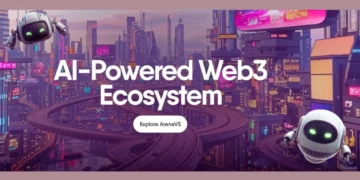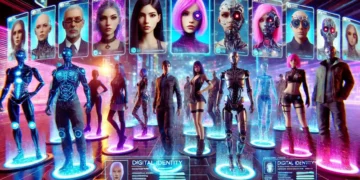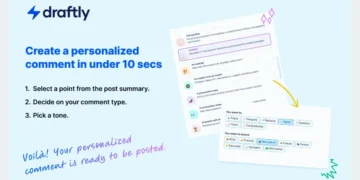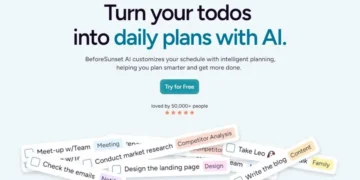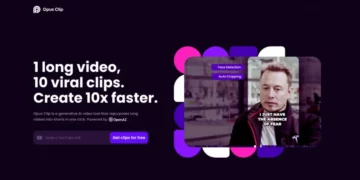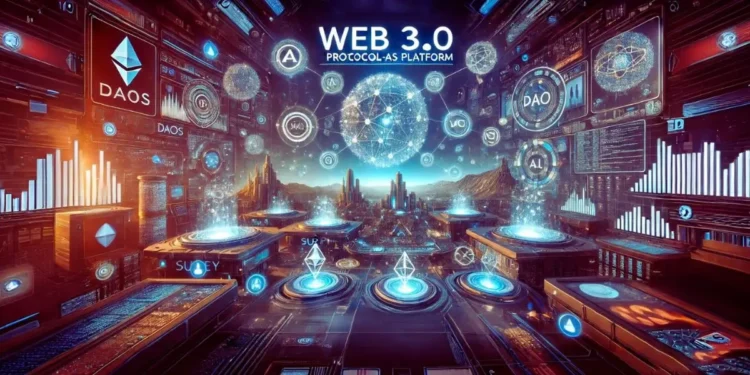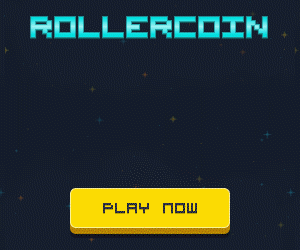Are you ready to explore how blockchain, artificial intelligence (AI), and Web3 are converging to redefine the future of decentralized technologies? The Surrey Academy for Blockchain and Metaverse Applications (SABMA), a pioneering institution within the University of Surrey, has just released a groundbreaking report entitled “Web 3.0 Protocol-as-Platform: Vision and Framework for Decentralised Agentic Super Intelligence”. Led by Professor Yu Xiong, Director of SABMA, the report presents an innovative Protocol-as-Platform (PaaP) framework that promises to revolutionize the way we interact with decentralized systems.
In this article, we’ll delve into the report’s key findings, explore its implications for industry and academia, and discuss how you can be part of this transformative journey. Whether you’re an academic researcher, a tech entrepreneur, or simply curious about the future of Web3, this guide will provide actionable insights and thought-provoking ideas. Let’s dive in!
Why does it matter? Understanding the need for AI-powered Web3
The current state of blockchain technology is riddled with challenges such as fragmentation, scalability issues, inefficient governance models, and privacy concerns. These limitations have hindered widespread adoption, creating barriers for businesses and individuals alike. But what if there was a way to address these pain points while improving efficiency, security, and user experience?
Enter SABMA’s AI-powered vision for Web 3.0. By integrating advanced artificial intelligence with blockchain infrastructure, the PaaP framework aims to create a more intelligent, decentralized, and secure Internet ecosystem. This isn’t just another theoretical concept – it’s a practical roadmap for building scalable and sustainable decentralized systems.
So, here’s the question: Are you prepared to embrace the next evolution of decentralized technologies?
Key findings from the report: What makes this framework revolutionary?
Autonomous AI agents and smart contracts
One of the most exciting innovations presented in the report is the concept of autonomous AI agents, which are capable of self-execution, adaptation, and optimization. Unlike traditional smart contracts, which require human intervention, these AI-driven agents can operate independently, significantly increasing the efficiency of decentralized applications.
Imagine a world where transactions, agreements, and processes are seamlessly executed without manual oversight. How would this level of automation impact your business or personal life?
Cross-Chain Interoperability
Another critical aspect of the PaaP framework is its focus on cross-chain interoperability. A unified protocol layer is proposed to integrate multiple blockchain networks, enabling fluid asset transfers and data exchange across ecosystems.
This breakthrough could break down silos and encourage collaboration between different blockchain platforms.
Imagine, for example, being able to effortlessly transfer assets between Ethereum and Solana. Would this kind of interoperability make you more likely to adopt blockchain solutions?
Privacy-Preserving Mechanisms
Privacy remains a key concern in today’s digital landscape. To address this, the report highlights the importance of Zero-Knowledge Proofs (ZKPs) and advanced cryptographic tools. These mechanisms ensure enhanced user privacy and transaction security in decentralized environments.
Do you value privacy when using online services? If so, how much would you trust a system built on these principles?
Dynamic Governance Models
Finally, the report advocates AI-driven decentralized autonomous organizations (DAOs) to improve the efficiency of governance. These dynamic models automate decision-making processes while maintaining transparency, adaptability, and security.
Picture a DAO that evolves based on real-time feedback and data analysis. Would you feel comfortable participating in such a governance structure?
Real-world applications: Who can benefit from this framework?
For Academic Researchers
If you’re an academic researcher working on topics such as AI, blockchain, and decentralized governance, SABMA’s work offers a treasure trove of opportunities. The Academy invites universities and research institutions around the world to collaborate on cutting-edge projects related to AI-driven decentralization and its societal implications.
Are you interested in contributing to the next wave of technological innovation? Consider reaching out to SABMA to explore potential partnerships.
For Startups and Enterprises
Startups and companies looking to build AI-powered Web 3.0 applications can also benefit from this framework. Several leading technology firms and blockchain companies have already started using it, working closely with the SABMA research team to integrate its principles into their decentralized systems.
Could your organization leverage this framework to gain a competitive edge? It might be worth exploring further.
For Investors and Ecosystem Partners
Investors looking to support the next generation of decentralized technologies will find immense value in SABMA’s approach. By partnering with the Academy, they can access cutting-edge research and expertise to build smart and scalable decentralized systems.
Would you invest in a project aligned with these principles? Why or why not?
How Can You Get Involved? Joining the SABMA Innovation Network
SABMA is committed to expanding partnerships and driving real-world implementation of its AI-powered Web 3.0 framework. Here are some ways you can get involved:
- Global Research Partnerships: Universities and research institutions are invited to collaborate on exploring the frontiers of AI-powered decentralization.
- Industrial Collaboration: Companies that share SABMA’s vision are encouraged to join its growing innovation ecosystem.
- Educational Initiatives: SABMA will launch specialized courses, workshops, and training programs to bridge the knowledge gap between Web2 and Web3.
- Industry Engagement: Attend high-profile conferences, panels, and roundtables hosted by SABMA to connect with thought leaders from technology, finance, and academia.
Conclusion
The release of SABMA’s report marks a pivotal moment in the evolution of blockchain and Web 3.0 technologies. By integrating AI and designing modular, privacy-focused infrastructures, the Academy is paving the way for a sustainable, user-centric digital economy.
Now is the time to ask yourself: How will you help shape the future of decentralized intelligence? Whether through research, entrepreneurship, investment, or education, there’s a role for everyone in this transformative journey.
To learn more about the report and access its full details, visit the GitHub repository: Web 3.0 Protocol-as-Platform. Don’t miss the opportunity to be part of something truly revolutionary!
To learn more about the report and access its full details, visit the GitHub Repository: Web3 Protocol-as-Platform . Don’t miss out on the opportunity to be part of something truly revolutionary!


